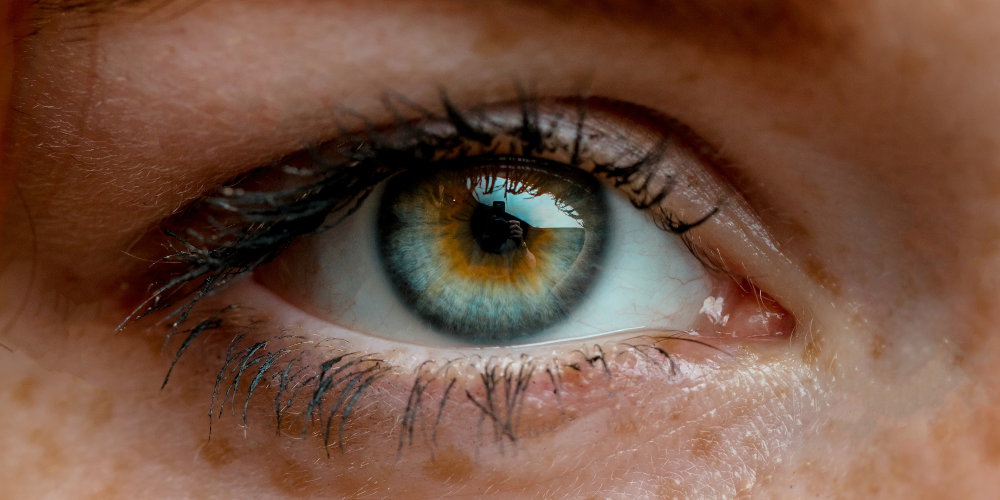Or call
866-945-2745

What is a Retina?
A healthy, intact retina is critical for normal vision. The retina is a thin layer of light sensitive tissue lining the back of the eye cavity like wallpaper.
Light rays enter the eye through the opening of the iris and converge on the retinal surface where they are converted into electrical impulses. These impulses are carried by the optic nerve to the brain where they are interpreted as images. When these impulses are interrupted by a retinal condition, the results can be catastrophically disruptive to vision.













